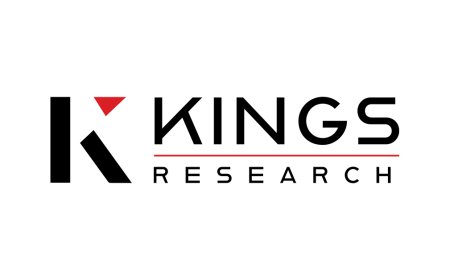Understanding Your Paystub: A Comprehensive Guide
Whether you're an employee trying to understand your earnings or an employer using a free paystub maker to generate accurate paycheck stubs, this comprehensive guide is for you.

Paystubs can seem like a jumble of numbers and acronyms, making them difficult to decipher. However, understanding your paystub is crucial for managing your finances effectively. This guide will help you break down each section of your paystub, explain its components, and provide tips on how to use this information to your advantage. Whether you're an employee trying to understand your earnings or an employer using a free paystub maker to generate accurate paycheck stubs, this comprehensive guide is for you.
The Importance of Understanding Your Paystub
Your paystub provides a detailed breakdown of your earnings, deductions, and net pay. It's essential for tracking your income, understanding your deductions, and ensuring accuracy. Misinterpretations can lead to financial mismanagement or missed errors that could affect your take-home pay.
Key Components of a Paystub
1. Personal and Employment Information
At the top of your paystub, you'll find personal details such as your name, address, and Social Security number. Employment details like your employee ID, department, and job title are also typically included. This section ensures that the paystub belongs to you and helps prevent any confusion or misallocation of funds.
2. Earnings
This section details your gross income, which is the total amount earned before any deductions. It usually includes:
- Regular Hours: The number of hours worked at your standard pay rate.
- Overtime Hours: Extra hours worked beyond the regular schedule, often paid at a higher rate.
- Bonuses and Commissions: Any additional income earned through bonuses, commissions, or other incentives.
3. Deductions
Deductions are amounts taken out of your gross income for various purposes. These can be categorized into:
- Taxes: Federal, state, and local income taxes, as well as Social Security and Medicare taxes.
- Benefits: Contributions to health insurance, retirement plans, and other employee benefits.
- Other Deductions: Union dues, charitable contributions, or garnishments.
4. Net Pay
Net pay, also known as take-home pay, is the amount you receive after all deductions have been subtracted from your gross income. This is the amount that will be deposited into your bank account or given in your paycheck.
5. Year-to-Date (YTD) Totals
YTD totals show the cumulative amounts for each category from the beginning of the year to the current pay period. This section helps you keep track of your overall earnings and deductions throughout the year.
Common Terms on a Paystub
1. FICA
FICA stands for Federal Insurance Contributions Act, which includes Social Security and Medicare taxes. Both employees and employers contribute to FICA taxes.
2. Federal and State Income Tax
These are withholdings based on your earnings and the information you provided on your W-4 form. Federal income tax is required, while state income tax depends on where you live.
3. Pre-Tax and Post-Tax Deductions
Pre-tax deductions are taken from your gross income before taxes, reducing your taxable income. Examples include retirement plan contributions and health insurance premiums. Post-tax deductions are taken after taxes, such as Roth IRA contributions and loan repayments.
Tips for Using a Paystub Maker
For employers, using a free paystub maker can simplify the process of generating accurate and professional paycheck stubs. Here are some tips:
- Ensure Accuracy: Double-check all input data, including employee details, earnings, and deductions.
- Stay Compliant: Follow federal and state regulations regarding paystub information and format.
- Provide Clear Details: Ensure that all sections are clearly labeled and easy to understand for employees.
Why Regularly Reviewing Your Paystub Matters
1. Catch Errors
Regularly reviewing your paystub helps you catch any errors in earnings, deductions, or personal information. This can prevent potential issues with your pay and ensure you receive the correct amount.
2. Understand Your Earnings and Deductions
Understanding the breakdown of your paystub helps you make informed financial decisions, plan for taxes, and manage your budget effectively.
3. Financial Planning
Knowledge of your gross and net pay, along with YTD totals, can aid in better financial planning, whether you're saving for a major purchase, investing, or planning for retirement.
Conclusion
A paystub is more than just a piece of paper; it's a crucial document that provides valuable insights into your financial situation. Whether you're an employee trying to understand your earnings or an employer using a free paystub maker to generate paycheck stubs, knowing how to read and interpret a paystub is essential. By familiarizing yourself with its components and regularly reviewing it, you can ensure accuracy, manage your finances effectively, and make informed financial decisions.
What's Your Reaction?

















![Safe Abortion pills[[+971521786258]] Doha Qatar/Ar Rayyan Qatar/Umm Salal Mu?ammad Qatar/Al Wakrah](https://news.bangboxonline.com/uploads/images/202501/image_430x256_679bc869b24fb.jpg)



